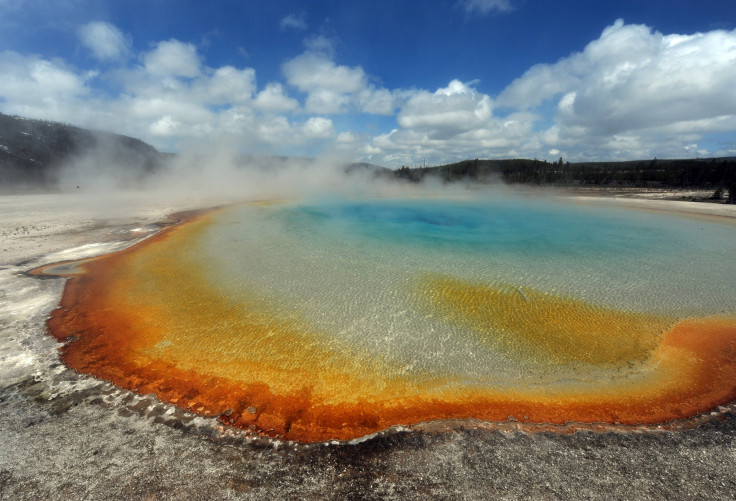Study Reveals New Trend In Yellowstone Supervolcano’s Future Eruptions
KEY POINTS
- Researchers studied samples from Yellowstone supervolcano's previous eruptions
- The researchers identified Yellowstone's most significant eruptions
- The Yellowstone's ability to produce powerful eruptions is decreasing, their findings revealed
After studying samples from past eruptions of the Yellowstone Caldera, a group of researchers discovered a trend in the supervolcano’s explosive activity. According to the researchers, its future eruptions will most likely be much weaker than the previous ones.
The Yellowstone Caldera, which measures about 34 by 45 miles, is a supervolcano that lies in the Yellowstone National Park. Previous scientific reports revealed that its massive eruptions were responsible for the formation of the areas surrounding it.
The last time Yellowstone erupted was 630,000 years ago, leading many to believe that it is already overdue for another eruption. They fear that a future eruption would be as powerful as the previous ones.
However, it seems Yellowstone’s ability to produce super-eruptions is starting to wane down. Authors of a new study, which was published in the journal Geology, came to this conclusion after analyzing samples from Yellowstone’s previous volcanic outbursts.
Through the data they collected, the researchers discovered that Yellowstone’s most significant eruptions occurred 9 million and 8.7 million years ago. There are two of the five largest volcanic eruptions that altered the landscape surrounding the supervolcano.
“We demonstrate a robust approach to recognize them at one of the best-preserved intraplate large igneous provinces, leading to the discovery of two new super-eruptions,” the researchers wrote in their study. “Each generated huge and unusually hot pyroclastic density currents that sterilized extensive tracts of Idaho and Nevada in the United States.”
The samples indicate that Yellowstone’s eruptions have gotten weaker since the explosive event that happened 9 million years ago, the researchers said. Based on this trend, the researchers believe that Yellowstone’s future outbursts will not be as powerful or destructive as its previous ones.
The researchers noted that analyzing volcanic samples will provide more information regarding the history of Yellowstone’s eruptions. The new data could provide more details about the supervolcano’s waning activity.
“This approach should lead to more discoveries and size estimates, here and at other provinces,” the researchers stated. “It has increased the number of known super-eruptions from the Yellowstone hotspot, shows that the temporal framework of the magmatic province needs revision, and suggests that the hotspot may be waning.”

© Copyright IBTimes 2024. All rights reserved.





















